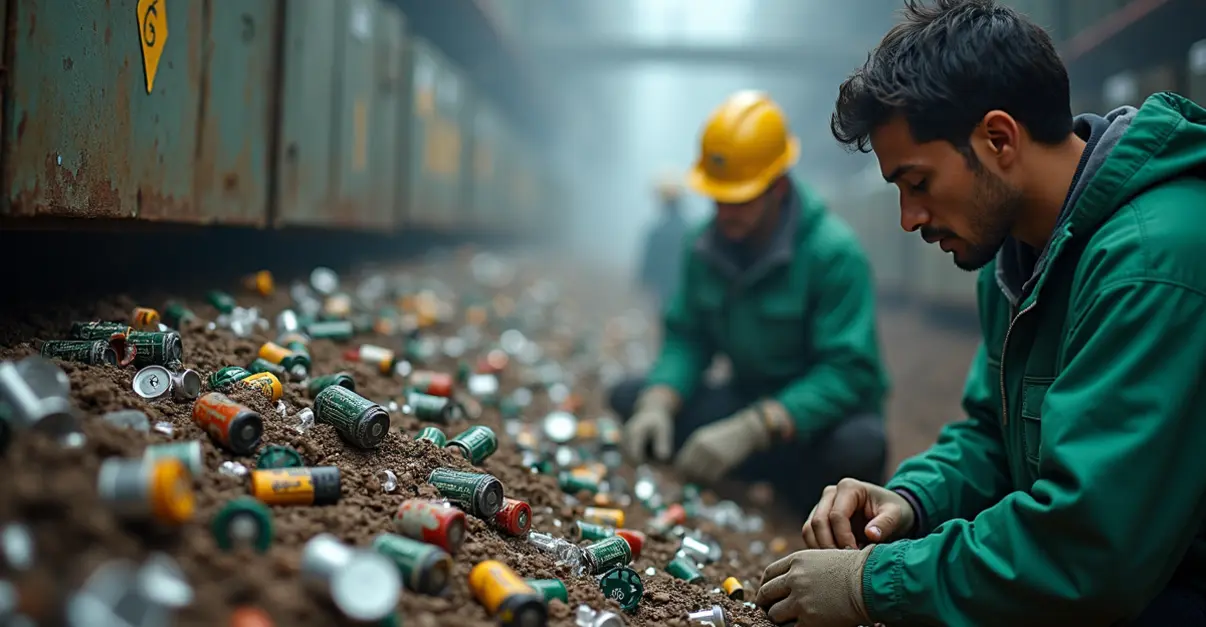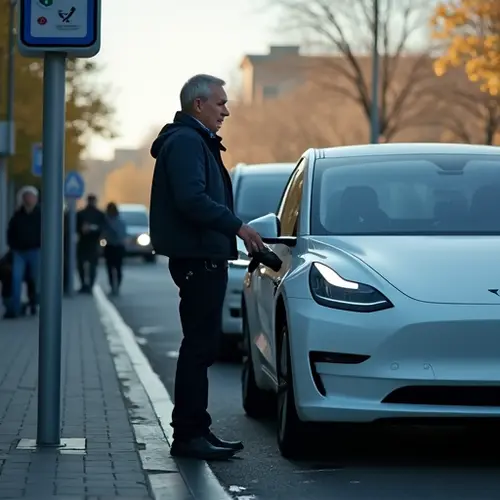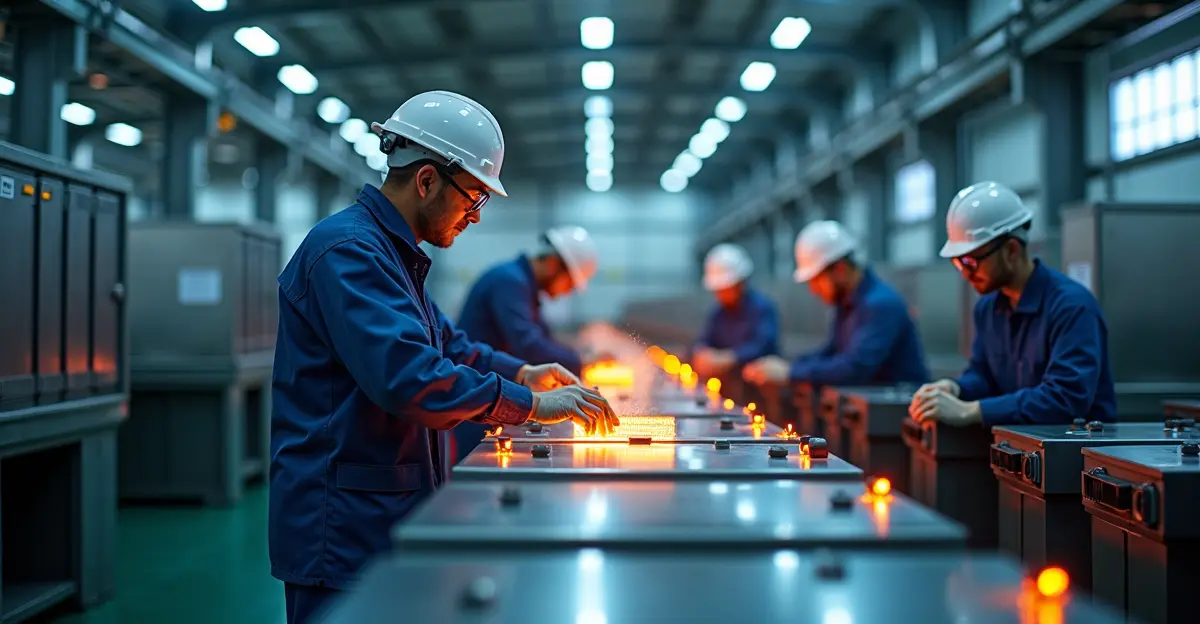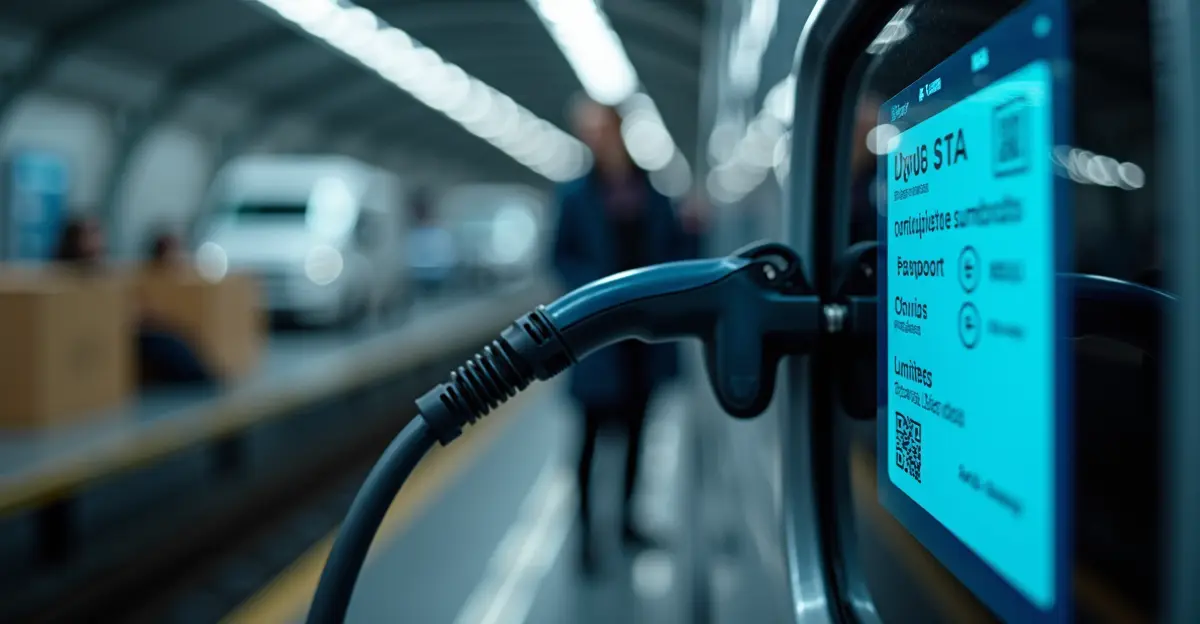The battery recycling industry is undergoing massive infrastructure expansion with $1B+ federal funding, creating facilities processing hundreds of thousands of metric tons annually. Market projected to grow from $7.3B to $23.9B by 2030, driven by EV adoption and circular economy models.

Battery Recycling Industry Undergoes Massive Infrastructure Expansion
The battery recycling industry is experiencing unprecedented growth as governments and private companies invest billions in infrastructure expansion to support the transition to electric vehicles and renewable energy storage. With the global lithium-ion battery recycling market projected to grow from $7.3 billion in 2024 to $23.9 billion by 2030, representing a compound annual growth rate of 21.9%, the sector is rapidly transforming from a niche waste management service into a strategic infrastructure component.
Federal Funding Drives Infrastructure Boom
The United States Department of Energy has allocated nearly $1 billion in federal funding specifically for battery recycling infrastructure, representing the most ambitious investment in circular battery economy in American history. This funding surge, primarily through the Bipartisan Infrastructure Law's $7 billion battery supply chain allocation, is transforming how we think about battery end-of-life management.
"This funding recognizes that recovering critical minerals from end-of-life batteries constitutes strategic mineral production deserving equal priority as mining virgin materials," said an industry analyst familiar with the program. Major grant recipients include American Battery Technology Company ($150M), Cirba Solutions ($200M), Clarios Circular Solutions ($150M), Li Industries ($55.2M), Ascend Elements ($125M), and Blue Whale Materials ($55.2M) for facilities capable of processing hundreds of thousands of metric tons annually.
Material Recovery and Circular Economy Models
The expansion is fundamentally changing material recovery processes, with facilities now producing battery-grade nickel, cobalt, manganese, copper, aluminum, and graphite for direct reintegration into manufacturing supply chains. Clarios announced in November 2025 that it is accelerating multiple initiatives to expand U.S. battery recycling and critical mineral processing capacity, including rapid retooling of its idled Florence, South Carolina facility and building a new state-of-the-art greenfield facility.
"Collectively, these initiatives would provide up to 400,000 metric tons of additional recycling capacity," a Clarios spokesperson explained. "These strategic moves are part of our $6 billion American Energy Manufacturing Strategy aimed at advancing U.S. energy independence, securing critical mineral supply chains, and supporting the circular economy."
Technological Advancements and Business Models
The industry is seeing significant technological advancements, including AI-driven sorting systems and direct cathode reuse technologies that improve recovery rates and reduce costs. According to McKinsey analysis, over 100 million EV batteries are expected to retire in the next decade, creating both challenges and opportunities for the recycling sector.
Current circular economy business models include product-as-a-service arrangements, where battery manufacturers retain ownership and responsibility for end-of-life management, and partnerships between automotive OEMs and recycling companies. "Recycled materials have four times lower carbon emissions compared to virgin materials," noted a sustainability expert, "making them increasingly attractive for companies pursuing decarbonization goals."
Global Market Dynamics
China leads regional growth with a 26.3% compound annual growth rate, forecasted to reach $7.6 billion by 2030. The Lithium-Nickel Manganese Cobalt (Li-NMC) segment is expected to reach $15.1 billion by 2030, growing at 23.3% CAGR. Key market drivers include the transition to circular economy models, lithium supply shortages, and technological advancements in recycling processes.
Major players in the industry include Amit Industries, American Manganese, Attero, and Aqua Metals, with the market benefiting from sustainable investments and government mandates promoting battery waste management. The European Union has also implemented strict battery recycling regulations, creating additional market opportunities.
Future Outlook and Challenges
While the infrastructure expansion is impressive, challenges remain. Collection systems for end-of-life batteries need significant improvement, and standardization across different battery chemistries presents technical hurdles. However, with continued investment and innovation, the battery recycling industry is poised to become a cornerstone of the global transition to sustainable energy systems.
"We're seeing the emergence of a true circular economy for batteries," concluded an industry veteran. "What was once considered waste is now recognized as a valuable resource, and the infrastructure being built today will support sustainable energy systems for decades to come."

 Nederlands
Nederlands
 English
English
 Deutsch
Deutsch
 Français
Français
 Español
Español
 Português
Português









